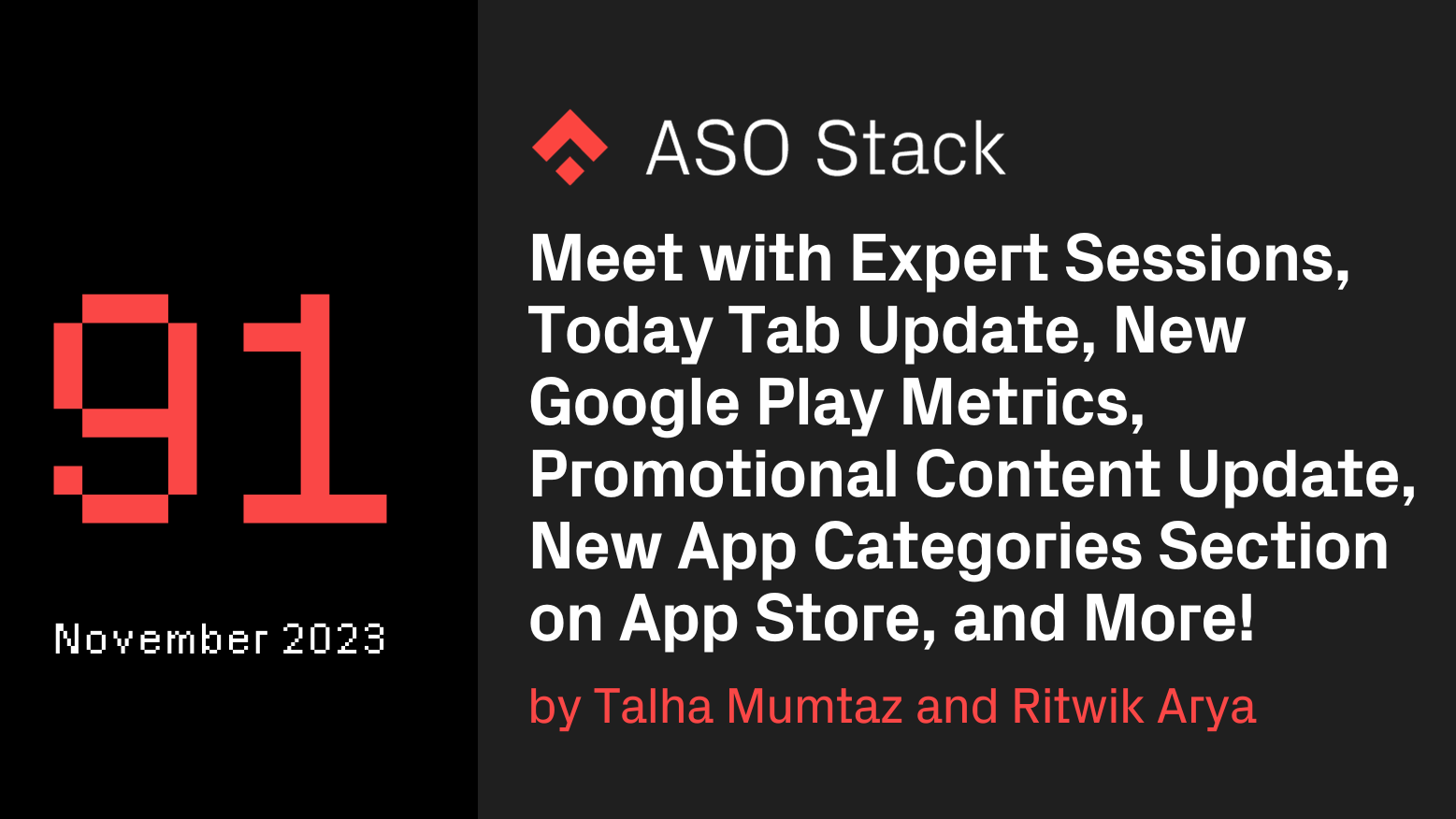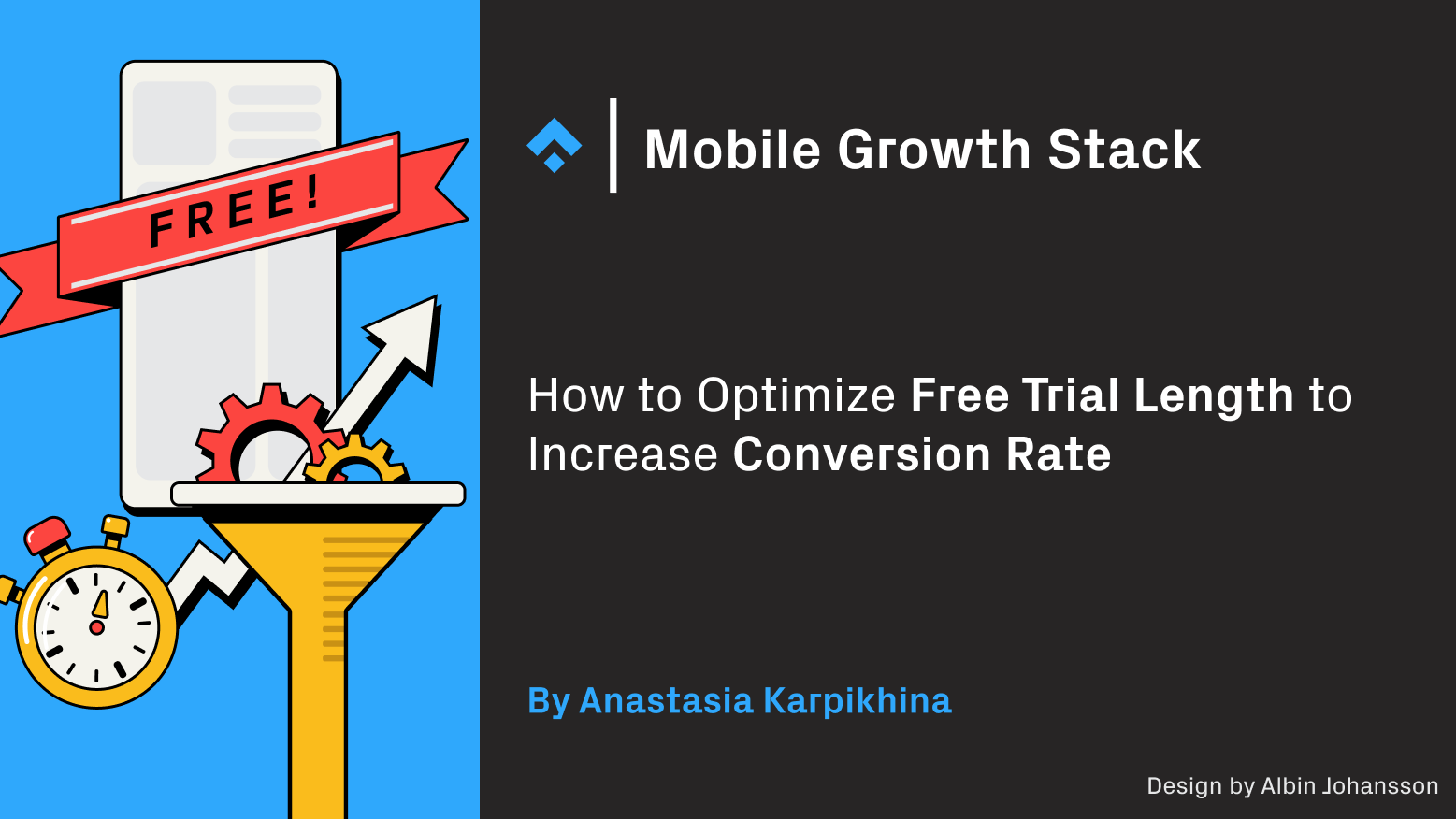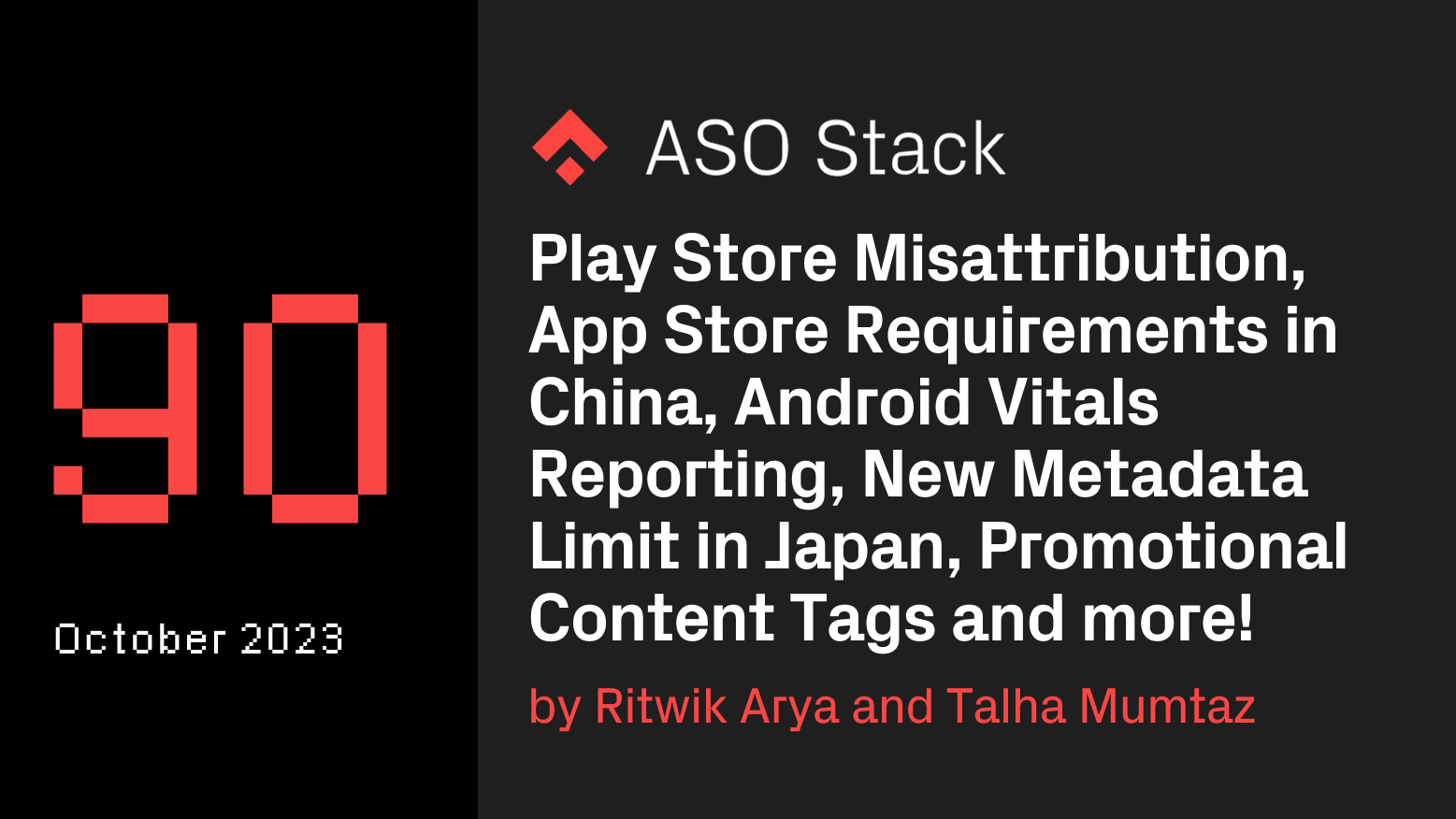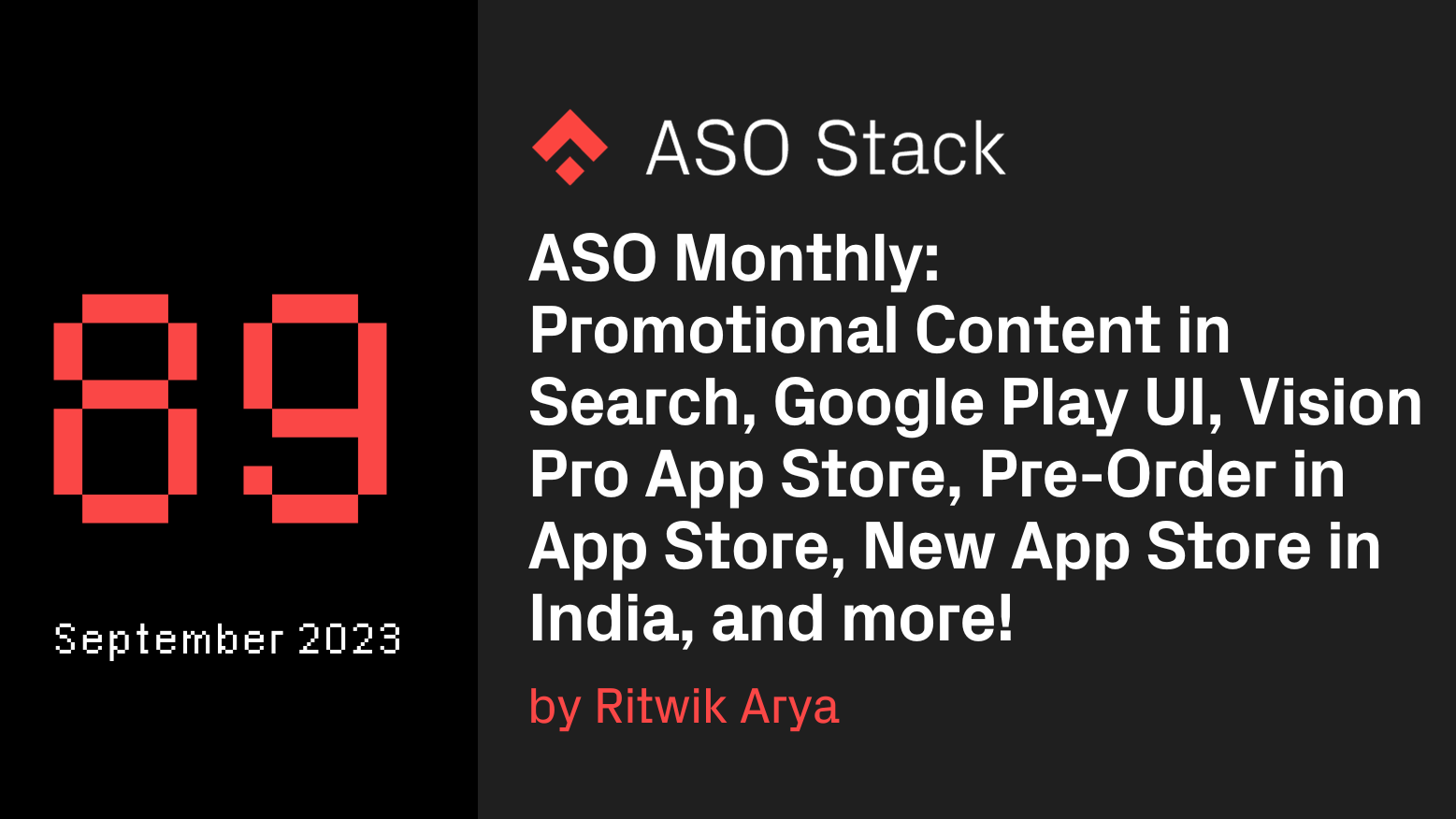
One of the main goals of App Store Optimization (ASO) is to increase the quantity and quality of the traffic landing on the app store listings through the stores’ search engines thanks to increased positions in search results.
In ASO, the standard way of doing keyword research involves compiling a list of short-head search terms and stuffing them into the indexed assets of the store pages.
I believe that there is a smarter way of carrying out keyword optimization, and this starts with methodical keyword research. Starting with keyword optimization for your app means understanding how the audience refers to it and the value it provides.
The methodology can be broken down into the following phases, which I will discuss in this post:
- Know your app and industry terminology
- Identify clusters
- Feed clusters with proprietary data
- Feed clusters with market and competitor data
Step 1: Know your app and industry terminology
When starting new research, it’s crucial to understand the industry in which your app operates and the terminology associated with it. Here are the questions you should be able to answer:
- How do consumers refer to your brand?
- How do users refer to the services your app provides?
- What are the main features of your app?
- What benefits does it provide to your users, or what issue does it solve?
To answer the questions above, you should study the following assets:
- Your product. Seeing what features are emphasized and what they’re called is key to know how to cluster keywords.
- Marketing material. Have a look at UA, CRM and PR campaigns, study the branding guidelines — how do other marketing teams talk about your app?
- User insights. How do your users talk about your app? In the absence of user material, one can also find ideas looking at reviews on the stores, or by checking on forums and blogs.
- Competition. Looking at how the competition phrases their messaging around their features and benefits is a great place to get ideas.
At this stage, you should mainly focus on short-head search terms. This will allow you to lay good foundations and enable you to discover longer keywords and suggestions at a later stage.
Let’s consider the example of Airbnb:
- A rapid search on the web already reveals some keywords: Vacation, rentals, homes, experiences, places, trips, adventures…

How Airbnb appears in google.com SERP for the query ‘airbnb’
- Browsing through their website, we can add some more keywords to the list: book, host, guest…Which can be infinitely extended browsing through Airbnb Community, the platform’s forum for hosts: explore travel tips, etc.
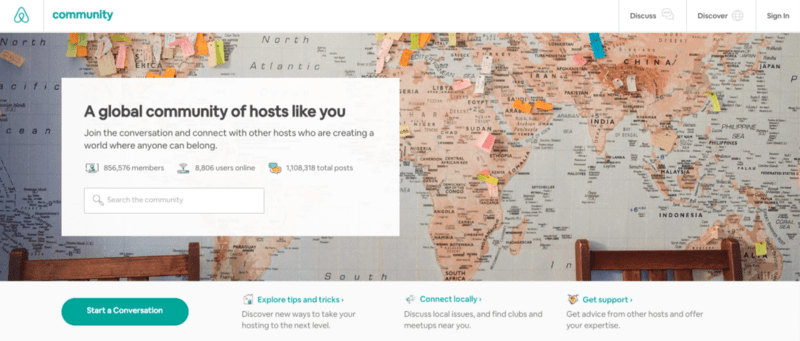
Screenshot of Airbnb Community home page
- Looking at auto-suggestions on the different stores will enrich our existing list of keywords with keywords following your brand name. Airbnb is mostly associated with names of cities, countries such as “airbnb japan” — but also with other terms such as “airbnb advisor”.
- I discovered on Airbnb’s Facebook page that the platform has a new feature for hosts to donate part of their earnings — adding search terms related to “donation” to our list. Airbnb also advertised on social media a calculator to know how much you could earn with your potential Airbnb, hence surfing on the “earn money” wave.
We already see how studying some material can help us come up with creative ideas for keyword research within a limited amount of time.
Step 2: Identify clusters
The following step is now to categorize these search terms in clusters — in a similar way to “ad groups” in paid search. What does it mean? Grouping keywords based on the similarity between two strings, or by similarity between search intent. To do so, you can simply rely on a Google sheet, or create lists in your keyword tool. There are ways to automate this — see on Github. In the past, I’ve tried to stick to 10 main clusters to avoid being overloaded with too much information.
In the case of Airbnb, we could first classify the keywords into high-level clusters — these being the different business units (stays, experiences, adventures) or user types (hosts, guests, job seekers). Once this is done, you need to divide the high-level clusters into smaller groups of search terms united by the same category — such as intents (explore, book, earn money etc) or content (cities, countries etc).
You should also add a cluster for all the search terms including your brand as a keyword, and a cluster for the competitive search terms. These drive traffic to your page and its essential to track them as well to have a full understanding of your search performance.
Why build these clusters? Firstly, it is easier to expand once you have the foundations. Secondly, clusters will allow you to report more effectively on the impact of your keyword optimization strategy thanks to:
- better tracking of the search terms you are ranking for,
- and a performance comparison of the different clusters in terms of visibility and traffic.
How to evaluate the impact of your keyword optimization strategy is an article in itself — I will only focus on the research phase for now.
Step 3: Feed clusters with proprietary data
Now that you have the foundations for your clusters, it’s time to feed them with the data you already have regarding keywords driving users to your store listings. Looking at your current performance will help you understand what the opportunities are for search terms you could generate significant results from quickly. There are two sources of proprietary data on keyword-level for the main two stores, Google Play Console organic breakdown and Apple Search Ads.
Google Play Console
In the acquisition reports in the Google Play Console, click-through the search row to see the number of visitors using different search terms to find your store listing. It is also possible to see the number of installers, retained installers or buyers — depending on what matters the most to your business. Looking at ratios will help you identify which terms drive highly-qualified traffic to your app.
Unfortunately, it is not currently possible to download this report, and it is not available through the Google Play API. A simple copy-pasting should do if you only have a few search terms appearing here, but it will be a hassle if you have access to dozens of them. To get this data on a regular basis, you could scrape the page automatically using libraries and frameworks such as Selenium or Scrapy.
One you have the data in a sheet, I recommend using a simple formula to ease the pain of going through the entire list, because a language (or country) breakdown isn’t yet available: =DETECTLANGUAGE(text_or_range).
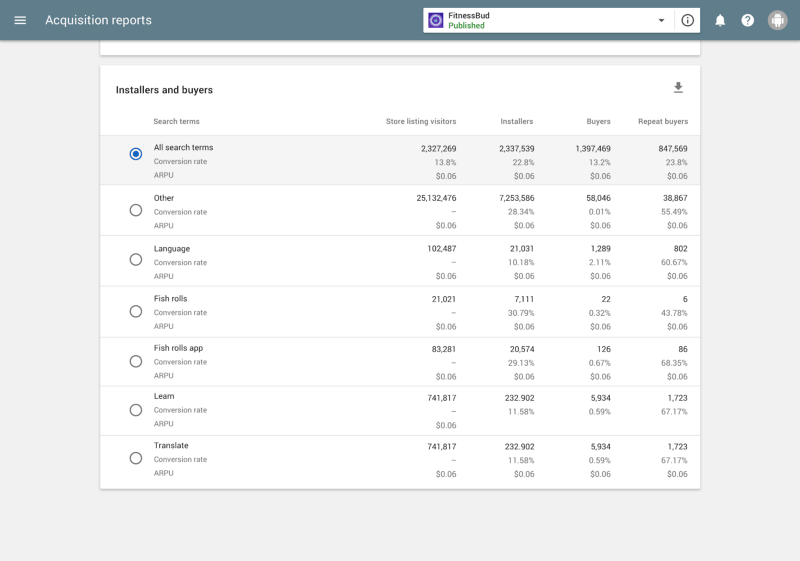
Example of different search terms to find FitnessBud’s store listing. Source: Android Developers Blog
Apple Search Ads
Getting a snapshot of all the keywords included in your Apple Search Ads campaigns (low volume search terms aside) for a given period of time is easy with Custom Reports. Keywords are typically also classified by SEM managers in ad groups, which are types of clusters, making it easier for you to input this data into your own research.
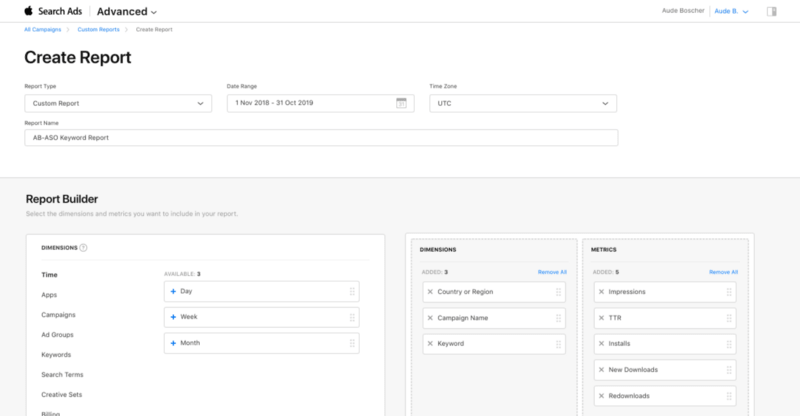
Example of a Search Ads custom report created to extract keywords
As with Google Play, you should also have a look at ratios to understand what search terms drive the most qualified traffic and cherry pick the most relevant ones. In September I published a post on adjust’s blog about how to increase the quality of your organic traffic by leveraging on Apple Search Ads post-install data.
Once extracted, add the Search Popularity and rank data from your keyword tool. This will help you highlight keywords you didn’t know were driving traffic to your page, currently are not ranked #1 and where you may have a strong opportunity to improve.
Going through your proprietary data is tedious and there is a possibility that it won’t lead to any revelation. However, it is key to ensure you’re not overlooking a term already having a significant impact for your app.
Step 4: Feed clusters with market and competitor data
The last step of the research is to feed your clusters with market and competitor data. A myriad of possibilities is now available in keyword tools — from keywords your competitors rank for, to the ones they target with Apple Search Ads or even the top keywords in your category. Here I can share two learnings:
Rely heavily on auto-suggestions, especially for Google Play
After Google Play released organic insights in 2018, Gabe Kwakyi wrote on Incipia’s blog that “60% to 75% of the keywords that we see in Google Play Installs per Keyword report, are long-tail”.
Why is it the case? My guess is that it all comes down to the users’ behavior. Users are looking for simplicity, and Google helps them to complete faster searches with the autocomplete feature. It goes even further as Google explains that they call them “predictions” rather than “suggestions”, and that “autocomplete is designed to help people complete a search they were intending to do, not to suggest new types of searches to be performed”. When users see a prediction of the query they were likely to continue entering, they simply tap on it.
This is why looking at suggestions is crucial to understanding search volumes on the stores. You’ll note here that I’m writing stores, not Play Store. We see the same behavior on the App Store — even though the suggestions are much less important.
In this article about keyword optimization, auto-suggestions from Google Play are added before the keyword list is filtered with the only first-party volume indicator currently available — Apple’s. We know that auto-suggests differ from one store to the other — which means that a search term suggested in Google Play but not in the App Store could have a very low App Store search volume. This means that the filtering method disregards search terms which could potentially drive traffic on the Play Store. Keyword tools provide estimates of the Play Store search volume, but I have seen plenty of times where the estimated traffic for a keyword was null — but this search term showed visitors in the Play Console. How can you deal with this? I suggest adding the Google Play auto-suggestions based on the different clusters after the filtering. Try adding these auto-suggestions into your long description, I guarantee there will be some impact on your search traffic!
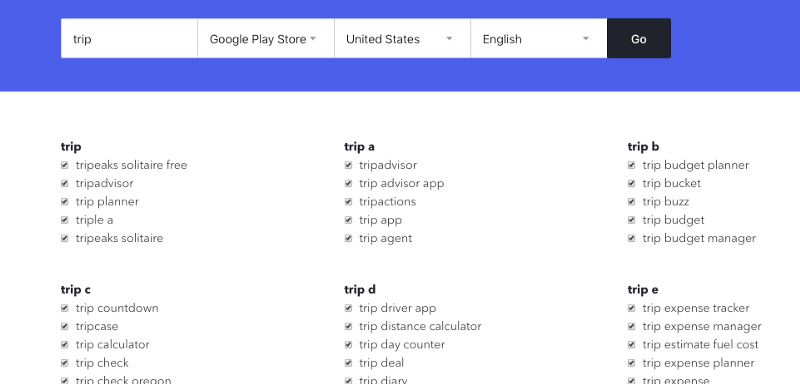
Example of suggestions for “trip” with the App Store & Google Play Keyword Suggest Tool by Apptweak
Identify areas for improvement with competitor analysis
To complete a strong competitive analysis, you can do a gap analysis (inspired by Moz methodology for SEO). It consists of assessing your actual performance in comparison to the performance of the apps battling for the same audience. By identifying for which keywords you rank, in comparison with your competition, you can identify areas for improvement. To do so, you can export the rank data from a keyword tool. I typically use Apptweak, which has a feature called Opportunity Keyword to easily see the keywords for which your competition ranks.
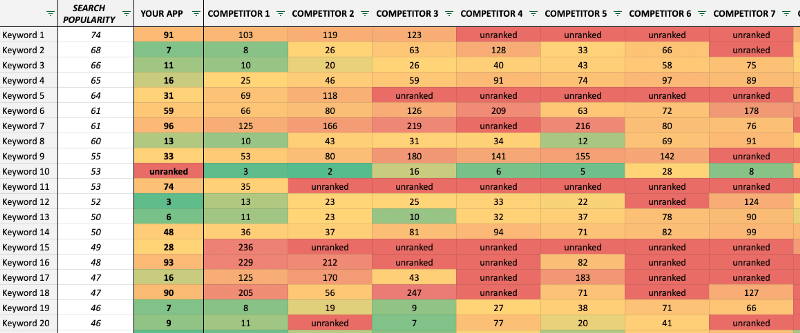
“Your app” currently does not rank for keyword #10 — even though most competitors do, within the top 10 results. It’s worth reviewing it!
Final thoughts
I tried to cover the main research points above, but it is not an exhaustive list and there are plenty of other ways to come up with keyword ideas. I haven’t mentioned merging and combining keywords for instance. It is definitely something you should consider, as well as looking at synonyms and so on.
A proper keyword research takes time. Dedicating a fair amount of hours to it means setting yourself up for success in the long-term by giving you a good grip on your market, how your users search, and what strategy your competitors have.
The cluster methodology gives you a chance to map out what you should track, and to report more effectively on the effectiveness of your keyword optimization strategy at a later stage. To go further, feel free to read my post on how I suggest evaluating the impact of your ASO measures.
If you know any other interesting technique, feel free to share your comments.














